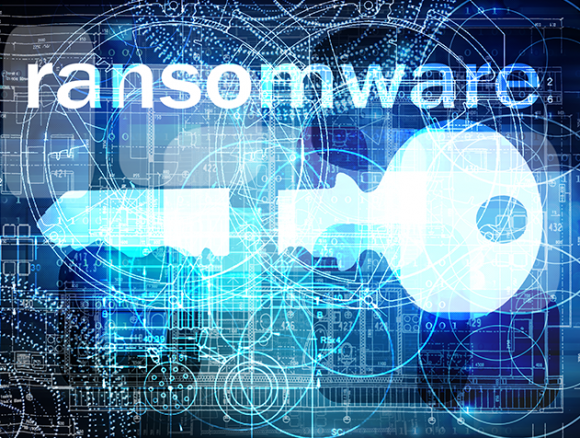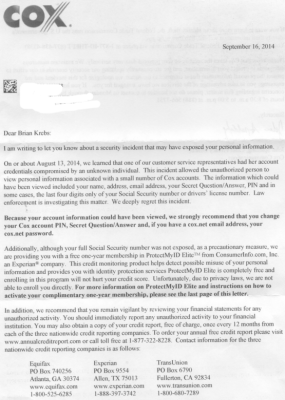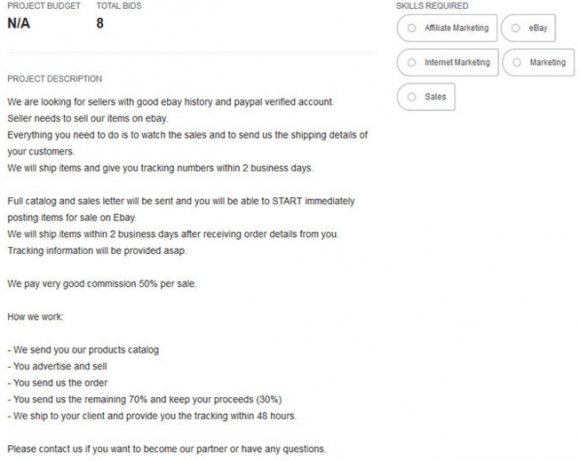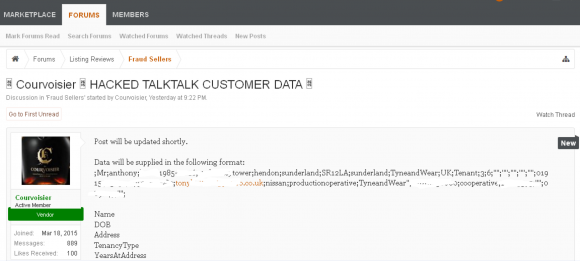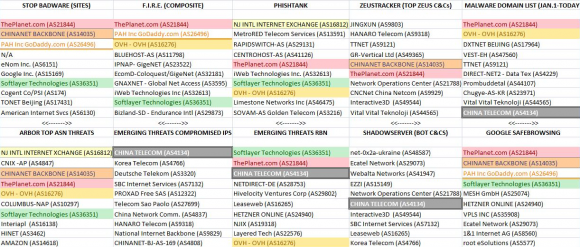U.S. authorities today announced multiple indictments and arrests in connection with separate hacking incidents that resulted in the theft of more than 100 million customer records from some of the nation’s biggest financial institutions and brokerage firms, including JP Morgan Chase, E*Trade and Scottrade.
 Prosecutors in Atlanta and New York unsealed indictments against four men and one unnamed alleged co-conspirator in connection with a complex, sprawling scheme to artificially manipulate the price of certain publicly traded U.S. stocks.
Prosecutors in Atlanta and New York unsealed indictments against four men and one unnamed alleged co-conspirator in connection with a complex, sprawling scheme to artificially manipulate the price of certain publicly traded U.S. stocks.
The defendants are accused of hacking into JPMorgan Chase in 2014, stealing the names, addresses, phone numbers and email addresses of the holders of some 83 million accounts at the financial institution –a breach that the Justice Department has dubbed the “largest theft of customer data from a U.S. financial institution in history.” Scottrade announced a similar breach of 4.6 million customer records in October 2015. Etrade last month warned 31,000 customers that their contact information may have been breached.
The men allegedly laundered hundreds of millions of dollars from the scheme via a vast cybercrime network that included illegal online pharmacies, fake antivirus or “scareware” schemes, Internet casinos and even a Bitcoin exchange.
Indictments from Atlanta U.S. Attorney John Horn name Gery Shalon, 31, a resident of Tel Aviv and Moscow, who was arrested by Israeli law enforcement in Savyon, Israel in July 2015 and remains in custody there pending extradition proceedings. Another man, Joshua Samuel Aaron, also 31, is a U.S. citizen and resident of Israel, but currently a fugitive. The Atlanta indictments referenced a third, as yet-unnamed accomplice.
Separately, the U.S. Attorney’s Office for the Southern District of New York unsealed its own charges against Shalon and Aaron, as well as a third Israeli citizen, 40-year-old Ziv Orenstein. In addition, prosecutors there announced indictments against Anthony R. Murgio, alleging he fraudulently operated the Florida-based Coin.mx Bitcoin exchange along with Shalon and through it further helped the conspiracy launder its illicit proceeds. Murgio was arrested in July 2015 and is facing prosecution in New York.
According to the Justice Department, between approximately 2007 and July 2015, Shalon owned and operated unlawful internet gambling businesses in the United States and abroad, and that he owned and operated multinational payment processors for illegal pharmaceutical suppliers, counterfeit and malicious software (“malware”) distributors. The government further alleges that Shalon owned and controlled Coin.mx, an illegal United States-based Bitcoin exchange that operated in violation of federal anti-money laundering laws.
“Through their criminal schemes, between in or about 2007 and in or about July 2015, Shalon and his co-conspirators earned hundreds of millions of dollars in illicit proceeds, of which Shalon concealed at least $100 million in Swiss and other bank accounts,” reads a statement issued by Preet Bharara, the United States Attorney for the Southern District of New York. Continue reading




